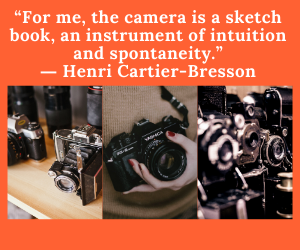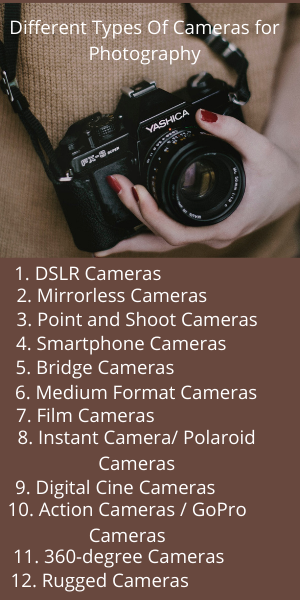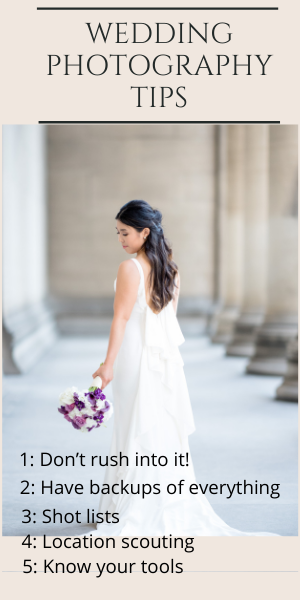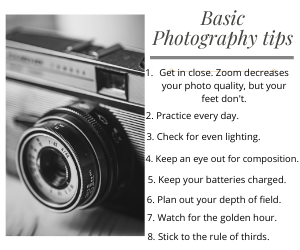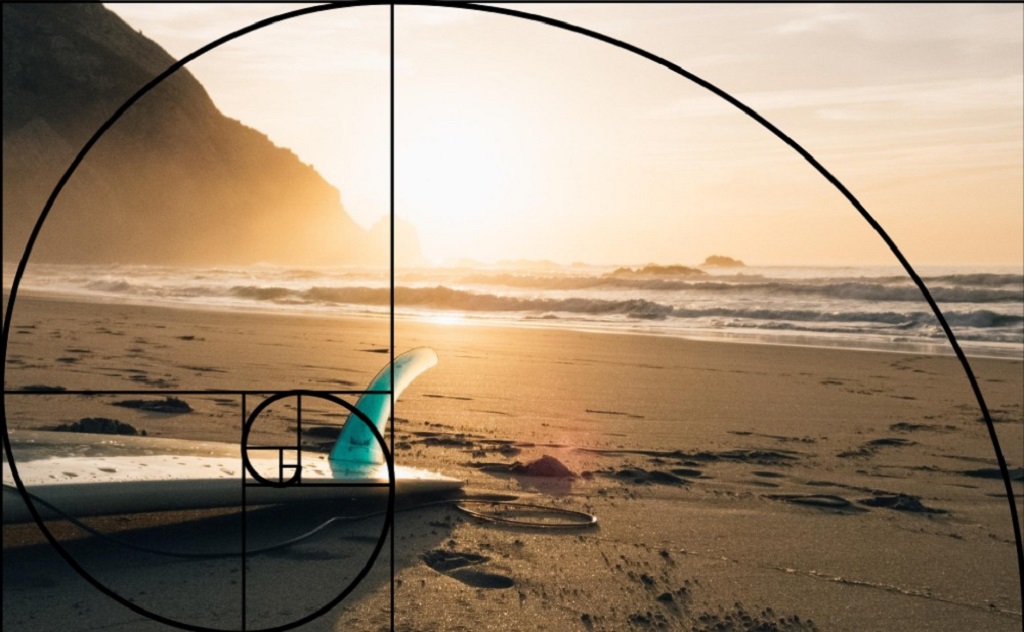
How to use the golden ratio in photography?
To use the golden ratio, you must include your photograph’s main object from the center of the frames. Start at number 1, 2, and 3, and from there to include the other elements that make up your composition and the eye will focus on the frame with the number 1 and then see the rest of the photograph.
How to use the golden ratio in photography
You must have a few elements in the photograph. When observing, it does not have distracting elements, or many elements that do not help a good composition, or in your case, that has nothing to do with the subject we capture, making her a bad picture.
The idea is simply to include 2 to 4 elements (maximum recommended) that help a good photographic composition and achieve a cleaner photograph, with greater results and visual impact.
Find the golden ratio
Suppose you already have your main objective for a photograph, the supporting elements, and all the composition you need, and when trying to make a frame with the golden ratio, you cannot easily achieve it. In that case, I recommend using a “Golden Section Finder” (GSF) or Gold Section Finder (in Spanish). With this small object in the shape of a card, you will be able to do it easily, fast and fun.
The idea is to always look for a good photograph. What can I photograph today? And try to do it with the golden ratio, with which you will surely find good framing and composition.
What is the Golden Ratio?
At any time, you can achieve a correct framing to take a good photograph with this Golden Section Finder, if at that moment you do not have your camera at hand, it will only be necessary to observe the environment, find your main object and use your GSF, which will be a great help to achieve what you are looking for.
I recommend you use your GSF or Golden Section Finder at any time, so you will achieve that your photographic eye develops faster. After a few weeks of practice, it will no longer be necessary to use it, and you will be able to take a good photograph.
Another advantage of practicing the golden ratio is helping your eye take into account the correct framing by nature, making it easier to take good photographs since your eye will immediately perceive which the main object is and from there for your photographs. Share some pictures that you have achieved using the golden ratio, and tell us about your experience.
How to use the golden ratio to compose photographs?
The golden ratio helps us create compositions that seem natural, organic, and pleasing to the eye. If you want to know more mathematical or historical details behind this proportion, you can take a look at the following link, but do not forget to come back that we want to share it with you.
The golden spiral
The golden spiral is the evolution of the golden section. The interesting thing and what concerns us is the use of this spiral to make great compositions in a useful way and that they serve as one more resource to take your photographs.
As you can see from the superimposed spiral, the center of interest of the photograph is the girl’s eye, and the spiral directs our gaze through the light to the rest of the image. The smallest quadrangle of the template (below, we leave you a link to download it in .PSD format) should be the area of the image that focuses the most attention. Ideally, the image due to light or other circumstances is guided naturally by the spiral.
Note that the center of the spiral (the center of interest) does not have to be in the upper right corner. It can be anywhere in the image, depending on your composition and what you want to convey with the photograph.
We know that taking a photograph and imagining a spiral is very complicated. It is best to start taking photos thinking about the golden grid that is easier to imagine. But we recommend that for curved objects you dare to compose inspiring you is a spiral that directs our gaze in the direction of the entry of light into the scene, or other motifs in the image.
Therefore, take the photo in such a way that the curves of the image follow those of an imaginary golden spiral. In this way, the viewer’s eye will go directly to the object of interest and will follow its natural expansion within the photograph.
To superimpose the image to be captured with a spiral or a Phi grid, some cameras with a digital viewfinder allow this. So you can overlay the scene with a Phi grid or a spiral. But generally, it is much easier for you to post edit the resulting image to achieve the desired effect.
Many editing programs allow you to add a grid. For example, with Photoshop or more specific photography programs like Lightroom, you can do it.
